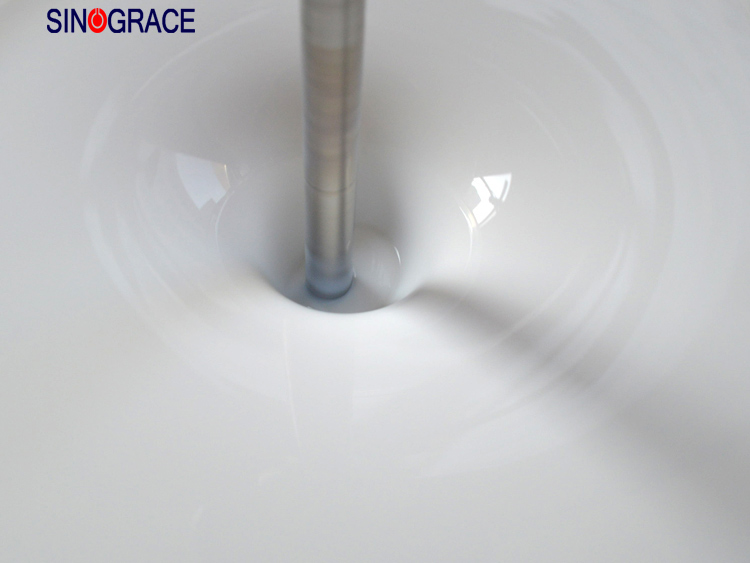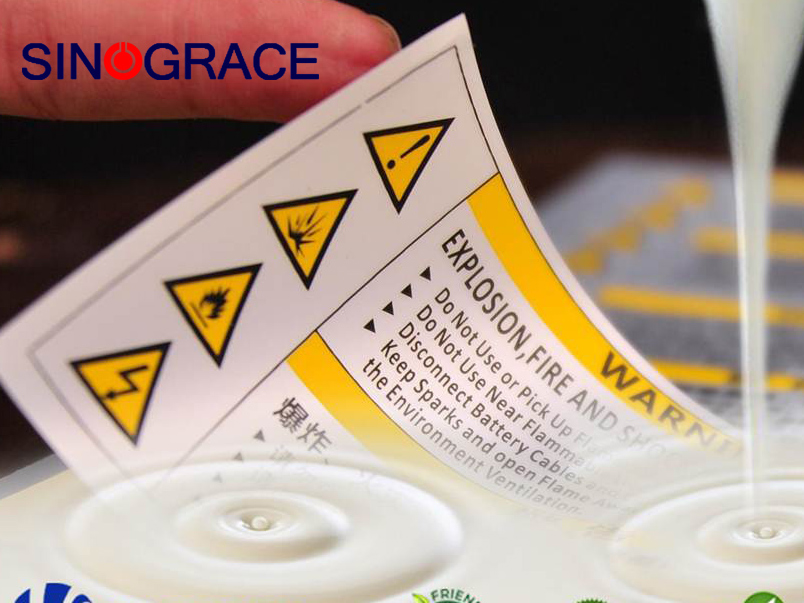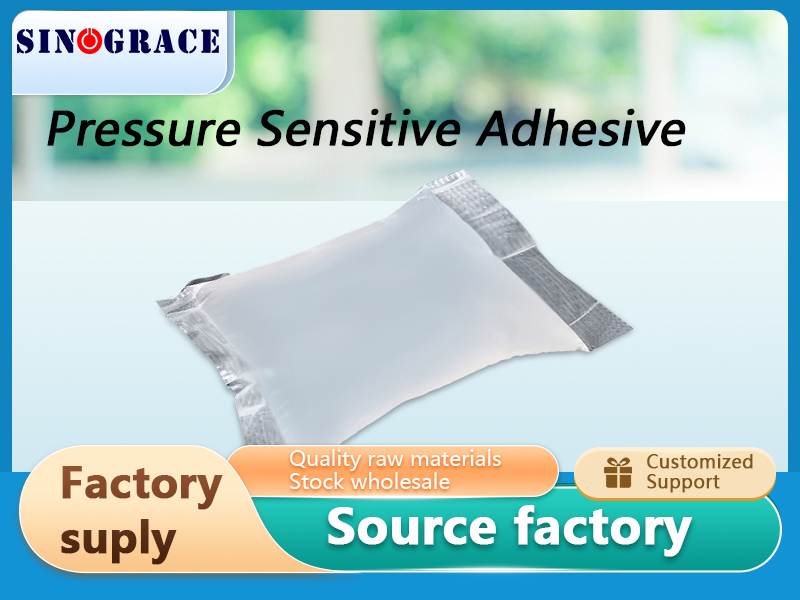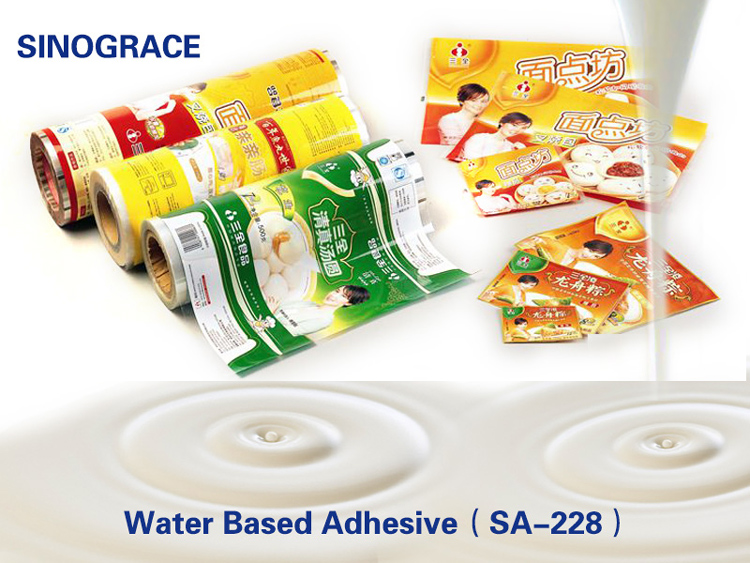What are the causes of glue transfer in PET protective film?
PET protective film material is transparent colorless, the surface after hardening treatment, the general PET protective film material according to the origin of different, the surface hardening value between 3H-4H, the better the surface hardening, the stronger the wear resistance. Light transmittance is also the main property of PET protective film materials, the general light transmittance is more than 90%, the higher light transmittance not only makes us have a good visual effect when using related instruments, but also has a good protective effect on the eyes. We all know that the use rate of PET protective film in the electronics industry is very high, and the thickness of the tape used in different ranges is also different, and the thickness of PET protective film on the market now ranges from 30μm to 245μm. Now analyze for you, what kind of performance of different thickness PET protective films, and what fields are they mainly used in? 1, 30μm PET protective film Although thin, it has good shear resistance and excellent bonding strength, anti-aging performance and UV resistance are very good, the probability of fog is very low, and it is generally used for LCD and fixed nameplates. 2, 50μm-60μm PET protective film It is a thin and light variety, but it also maintains a good bonding effect, mainly used for the sticker of the nameplate, the attachment of the headset microphone, the fixing of the digital camera reflective film, the fixing between the LCD reflective film and the backlight film group and the mobile phone center button outer frame. 3, 80μm PET protective film Good bonding ability at room temperature, suitable for polar surface smooth surface paste, LCD frame fixing, digital camera buttons and hard materials, LCD front shell and panel fixing 4, 100μm PET protective film It has good adhesion strength for smooth surface, mainly used for fixing between LCD backlight film group and bottom frame. 5, 125μm PET protective film The comprehensive performance is good, has good adhesion performance for most materials, and has excellent shear resistance and temperature resistance. It is mainly used for the fixing of Windows and lenses, the fixing of LCD module in digital camera, and the fixing between LCD backlight film group and bottom frame. 6, 150μm PET protective film Can maintain good adhesion at high and low temperatures, suitable for EPDM sealing strip, good CaCO3(calcium carbonate) resistance. 7.160μm PET protective film Not only has excellent shear strength, temperature resistance and paste ability, but also can ensure reliable paste effect in harsh external environment. Mainly used for mobile phone window, lens, battery fixing, digital camera rubber card, panel fixing. 8, 200μm PET protective film Strong temperature resistance, mainly used for Windows, lenses, battery fixing, digital camera rubber sheet, memory card, panel fixing. 9, 240μm PET protective film Thicker material, high hardness, generally used in large industrial pro...
read more

 English
English français
français русский
русский español
español العربية
العربية








